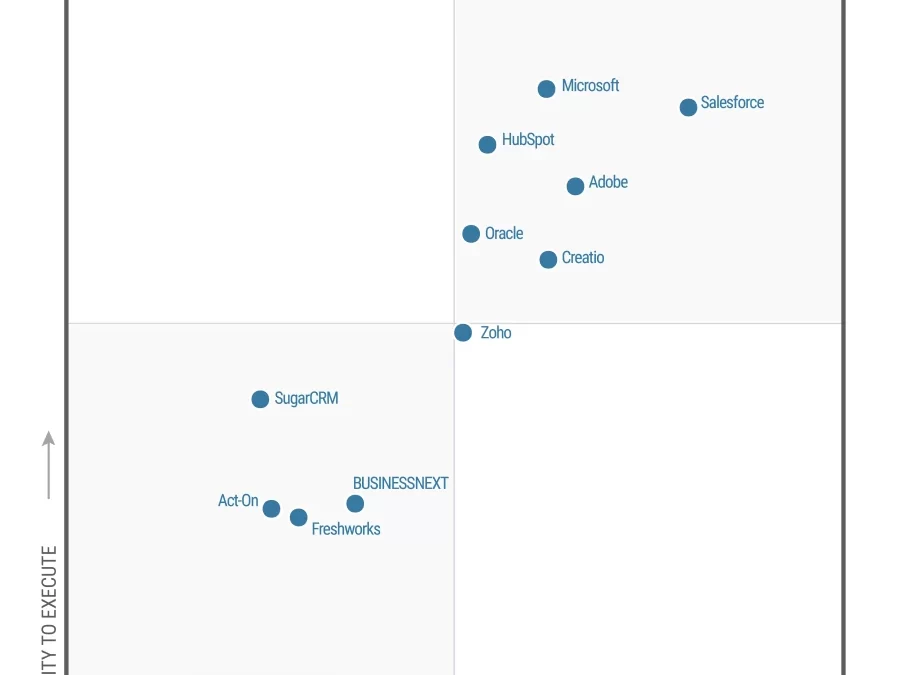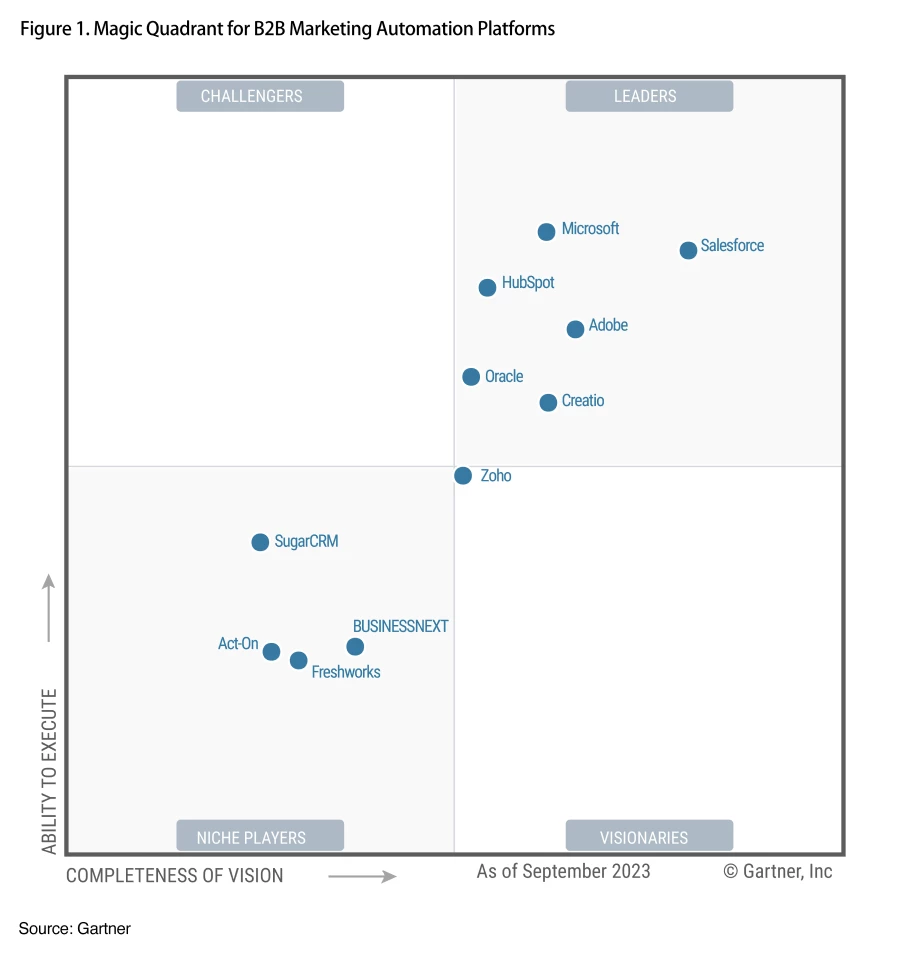
Unlocking customer value with Microsoft Dynamics 365 Field Service through connected services
This article is contributed. See the original author and article here.
This post was co-authored by Lax Gopisetty, Vice President, Global Practice Head, Microsoft Business Applications & Digital Workplace Services, Infosys Ltd.
In an age defined by single-click purchases, instant deliveries, and personalized experiences, customer expectations continue to rise, and frontline technicians are expected to meet these ever-changing demands. When customers face a problem, they want it fixed fast and right the first time. For many organizations, customer experience is both a challenge and an opportunity to differentiate from the competition.
It is no longer acceptable for technicians to operate on disparate technologies that individually are good enough to execute work orders, manage assets, and dispatch resources with real-time support. Timely resolution is key in field service, and arming frontline technicians with intuitive solutions that combine workflow automation, scheduling algorithms, and mobility can significantly enhance the customer experience. Tools that empower field technicians with timely inputs to focus on their core responsibilities and enable processes to track each work order closure, along with billing, are now becoming existential.
For example, solutions that unlock efficiencies for telecommunications providers with field service automation, empower medical device service technicians with improved downtime, maintain safe and highly automated facility management operations, and manage smart elevator service with Internet of Things (IoT)-driven field service are all recipes for greater customer satisfaction.

Dynamics 365 Field Service
Transform your service operations and deliver exceptional service.
Microsoft Dynamics 365 Field Service integration supports positive customer experiences
Dynamics 365 Field Service integrates with Outlook, Microsoft Teams, and Microsoft Viva Connections so that frontline workers and managers can create, view, and manage work orders within Outlook and Teams. This integration enhances collaboration between dispatchers, frontline technicians, and managers by enabling work order data to sync automatically between Dynamics 365 and Microsoft 365. Additionally, frontline technicians can quickly start their day with access to key workday information at a glance, with work orders visible as Tasks from the Viva Connections homepage in Teams. Dynamics 365 and Microsoft 365 empower technicians with the right information to resolve issues the first time, which adds a great deal to creating a positive customer experience.
For example, a leading energy supplier based out of the UK partnered with Infosys to establish itself as a leader in the energy-as-a-service market by offering best-in-class customer experience. The connected field service-based solution unified the capabilities of Dynamics 365 and Microsoft 365 to unlock a leaner and flexible business model that also enabled future scalability to ensure:
- Better workforce management through flexible scheduling, route optimization, and quota management.
- Field job execution via remote supervision, site awareness/recording, and offline mode.
- Customer intimacy powered by service history management, technician visibility, voice of customer, and closed loop tracking.
- Superior job outcomes powered by higher first-time resolution rates and reduced job aborts.
Connected field service helped redefine the leading energy supplier’s customer engagement model with a seamless work order management process. From streamlining work order creation, scheduling the best suited frontline technician, receiving remote expert assistance, and integrating asset management, Dynamics 365 enabled the customer to transform their field operations. Additional engagement highlights include:
- Seamless migration from more than 20 legacy disparate business apps onto Dynamics 365.
- Implemented core business functionalities with over 75 percent out-of-the-box feature fitment.
- Six phased incremental rollouts to enable more than 1,500 field technicians and more than 600 internal users.
- On track to reduce overall cost of IT operations by over 25 percent.
The leaner, AI-powered, and truly automated business, has unleashed novel revenue streams with infinite potential for the client:
| Growth segment | Value delivered |
| Smart new connections | Manage the smart new connections—such as customer management (property developers), lead management, opportunity management, quote management, billing, consolidated billing, and disputes. |
| Smart field connections | Provide onsite service for smart field connections—work order management, skills management, scheduling management, capacity management, and resource management. |
| Electric vehicles (e-mobility) | Manage electric vehicle (EV) meter installation services—to manage the sales processes for business-to-business (B2B) customers, including installation. |
This UK-based leading energy supplier is now well-positioned to drive its future growth. The organization is supported by a skilled and engaged workforce that works seamlessly with connected and leaner processes that together offer a sustainable competitive advantage.
Standardizing and automating processes through connected field service
Field Service continues to break ground into unexplored industries. Capabilities like GPS and routing, which enable timely visits and quicker resolution, are saving the day for thousands of field service professionals. They are now able to summarize completed tasks with inline Microsoft Power Apps component framework (PCF) capability.
Field service solutions must always be driven by an organization’s unique priorities, pain points, and process nuances. Partners like Infosys are co-innovating with clients to address these challenges with Microsoft Power Platform and its extensibility components. They are enabling nontechnical business users to build applications that cater to their unique requirements without the aid of IT experts.
The emergence of AI-embedded innovations like Copilot in Dynamics 365 Field Service will enhance service further. From creating work orders with the right information and assigning them to the right technicians, to equipping technicians with sufficient support to successfully complete jobs, Copilot will help streamline critical frontline tasks. These advanced functionalities will help companies genuinely standardize and automate field service processes.
Organizations competing in a market with high turnover are using mixed reality-based Microsoft Dynamics 365 Guides for remote support and collaboration. This results in accelerated training with context and seamless transfer of information, insights, and skills, which help in lowering overall costs.
Technology is key to building a scalable and efficient field service operation. However, a significant portion of success still rides on the technician who is delivering the service. So, it is imperative for service organizations to unify field operations, frontline technicians, and customers with connected digital platforms, to unlock value—because service is no longer a cost center for organizations.
Learn more about Dynamics 365 Field Service
Learn how Dynamics 365 Field Service can help you transform your service operations and deliver exceptional service. And read how Copilot in Dynamics 365 Field Service can accelerate service delivery, boost technician productivity, and streamline work order management with next-generation AI. Watch the video below to see it in action.
The post Unlocking customer value with Microsoft Dynamics 365 Field Service through connected services appeared first on Microsoft Dynamics 365 Blog.
Brought to you by Dr. Ware, Microsoft Office 365 Silver Partner, Charleston SC.







Recent Comments